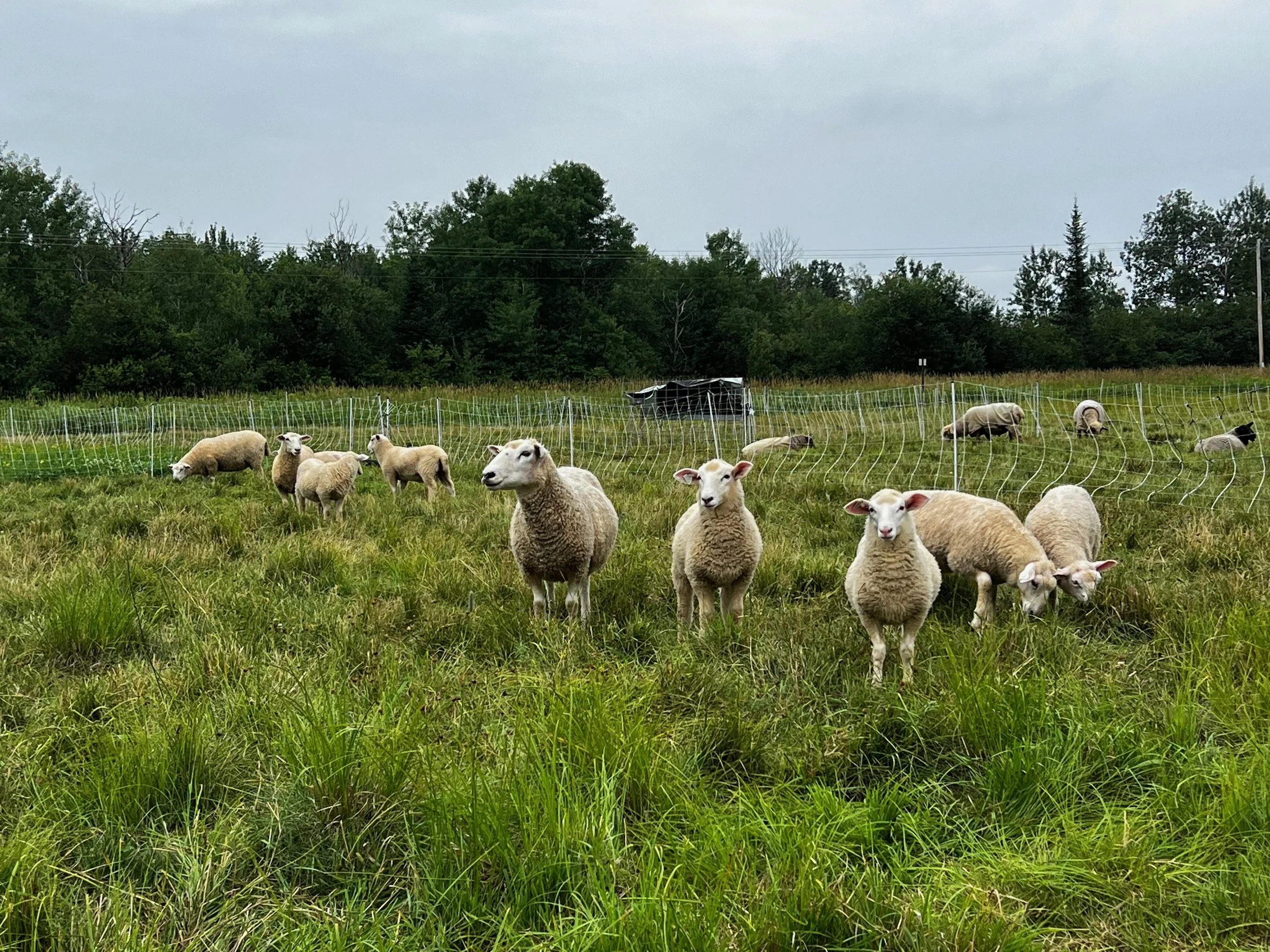How Do Your Socks Relate to Climate Change?
Programming for our Soil to Sock Challenge wrapped up this past fall, but we are still thinking and talking about how one of your most common garments - Socks - relate to soil-to-soil, climate beneficial agriculture and textile systems! Three Rivers Fibershed president, Maddy Bartsch, was a guest speaker at the January meeting of the Central Minnesota chapter of The Climate Reality Project to discuss the important work of regional fiber and textile systems.
How Do Your Socks Relate to Climate Change?
Perhaps you're wondering what socks have to do with climate change, well, it turns out quite a lot! With the recent completion of the Three Rivers Fibershed's (TRF) Soil to Sock Challenge, Maddy Bartsch of TRF walks us through how the textiles we wear (yes, even your socks) intersect with a number of issues that contribute to climate change. Grab your favorite pair of socks and learn about how your socks can be a part of one solution to climate change.
About the Speaker: Maddy Bartsch (they/she) is a farmer, educator and organizer of decentralized textile economies based in Minneapolis. Maddy has helped a broad range of clients navigate local textile economies through projects like the Minnesota Hemp Wool Project, the TRF Regional Fiber Sourcebook, the National Mill Inventory Survey, and as a Yarn Incubator for Fibershed. In addition to fiber systems, Maddy’s work includes tackling food systems as the Community Connector for the Cannon River chapter of the Sustainable Farming Association. More recently, Maddy received a Farmer-Rancher SARE grant which has enabled them to focus on 2 years of research around building a natural dye cooperative in the Midwest. Maddy speaks on the topic of local fiber systems and sustainable textiles and teaches fiber arts classes to learners of all ages throughout the Midwest.
Sheep at Autumn Larch Farm
Photo by Danielle Endvick, Wisconsin Farmers Union






















